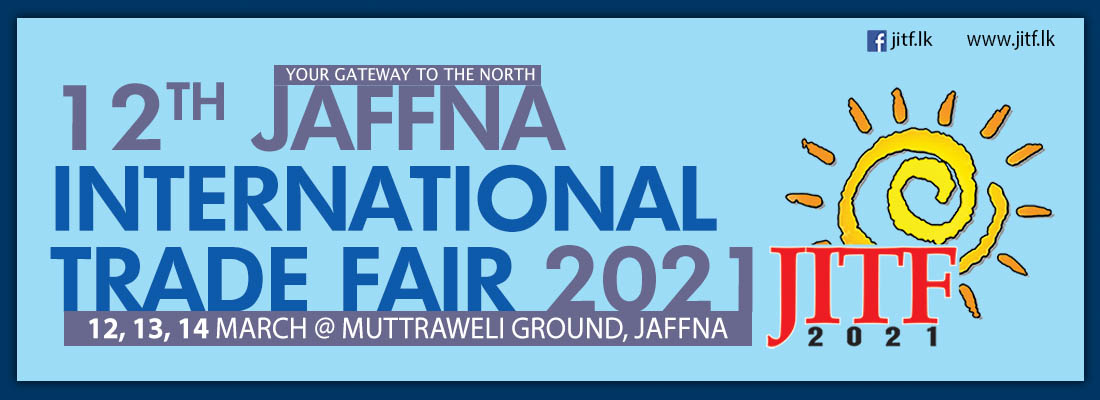Friday, May 23, 2014
On 4:00 PM by Rajitha Geeshan Witharanage iii No comments
A bitmap corresponds bit-for-bit with an image displayed on a screen, generally in the same format used for storage in the display's video memory, or maybe as a device-independent bitmap.
A bitmap is technically characterized by the width and height of the image in pixels and by the number of bits per pixel (a color depth, which determines the number of colors it can represent).
The printing and prepress industries know raster graphics as contones (from "continuous tones"). The opposite to contones is "line work", usually implemented as vector graphics in digital systems.
On 3:03 PM by Rajitha Geeshan Witharanage iii No comments
Vector graphics is the use of geometrical primitives such as points, lines, curves, and shapes or polygons—all of which are based on mathematical expressions—to represent images in computer graphics.
These properties don't increase the size of vector graphics files in a
substantial manner, as all information resides in the document's
structure, which describes solely how the vector should be drawn.

Friday, May 9, 2014
Subscribe to:
Comments (Atom)
Search
rajitha.gw@gmail.com | rajithawitharanage@gmail.com
Popular Posts
-
Vector graphics is the use of geometrical primitives such as points , lines , curves , and shapes or polygons —all of wh...
-
In computer graphics , a raster graphics image, or bitmap , is a dot matrix data structure representing a generally rectangular ...
Blog Archive
talk with graphic. Powered by Blogger.


















